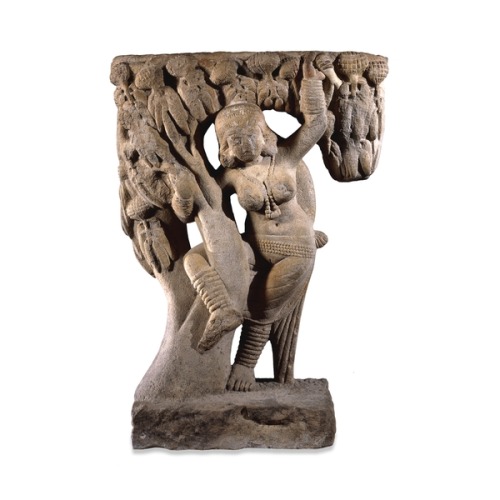#eastern art
Qing Dynasty Bowl
Sometimes we find things in our collections that we simply *must* share with you immediately. This bowl from, featuring some little fish amongst waterweeds, is one of those things.
Made from porcelain with blue underglazing, this bowl comes from the Yongzheng Period of the Qing Dynasty in China, c. 1723–1735.


Eid al-Fitr

Happy Eid al-Fitr to everyone celebrating!
Eid al-Fitr translates to ‘the festival of breaking the fast’, and commemorates the end of Ramadan, during which Muslims fast between sunrise and sunset and reflect on their faith. After this month of this sacrifice and dedication, Eid is a time to come together and celebrate with family and friends - though it will likely look slightly different this year due to Covid restrictions.
This 19th-century gouache painting from India shows people rejoicing at the end of #Ramadan
Pillars of Ashoka, India (3rd century BCE)
“The pillars of Ashoka are a series of columns dispersed throughout the northern Indian subcontinent, erected or at least inscribed with edicts by the Mauryan king Ashoka during his reign in the 3rd century BC. Originally, there must have been many pillars but only nineteen survive with inscriptions, and only six with animal capitals, which were a target for Muslim iconoclasm. Many are preserved in a fragmentary state.” (Source)
Post link
Sandstone figure of Shalabhanjika Yakshi, Sanchi, Central India (1st century AD)
“The Great Stupa at Sanchi is said to contain the relics of the Buddha himself. The form of the stupa was a development of the ancient practice of erecting a hemispherical mound over the remains of the dead. According to tradition the Buddha said that his remains should be interred in a stupa built at a crossroads and thus easily accessible to all.” (Source)
Post link




